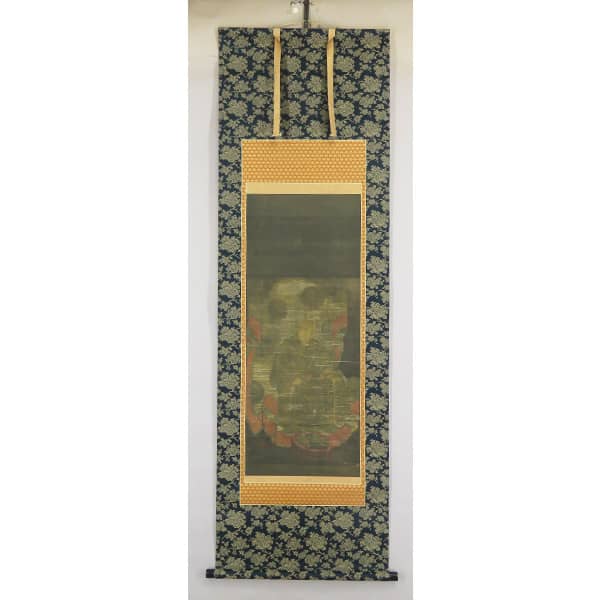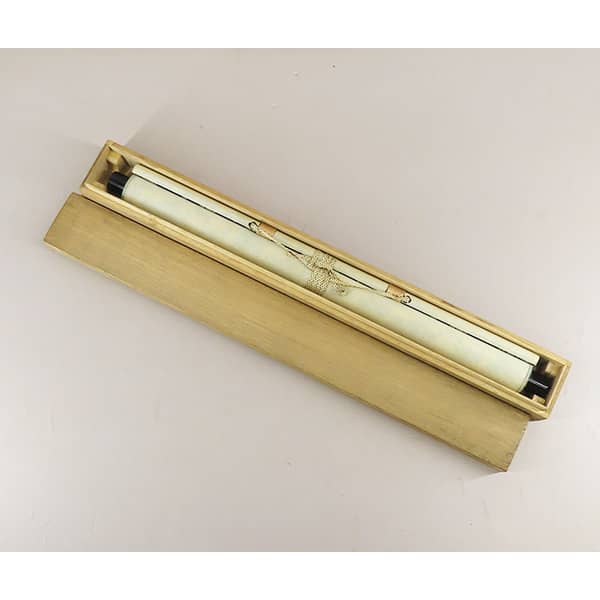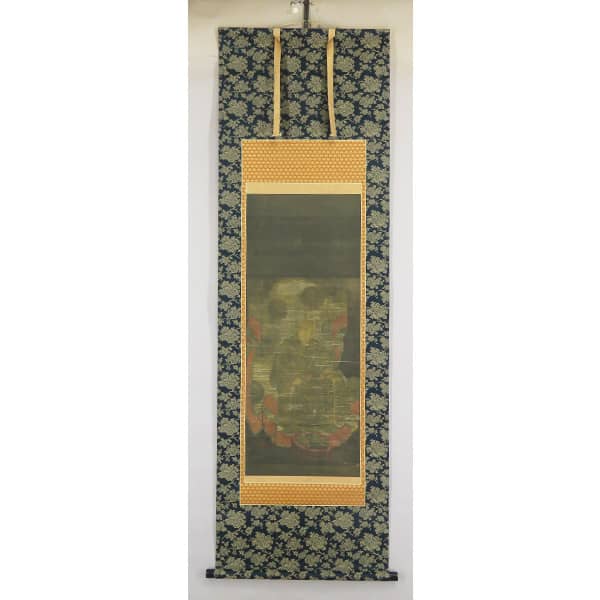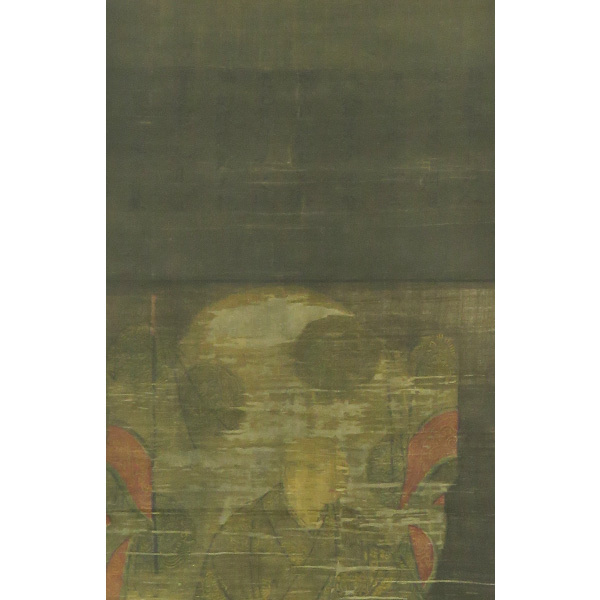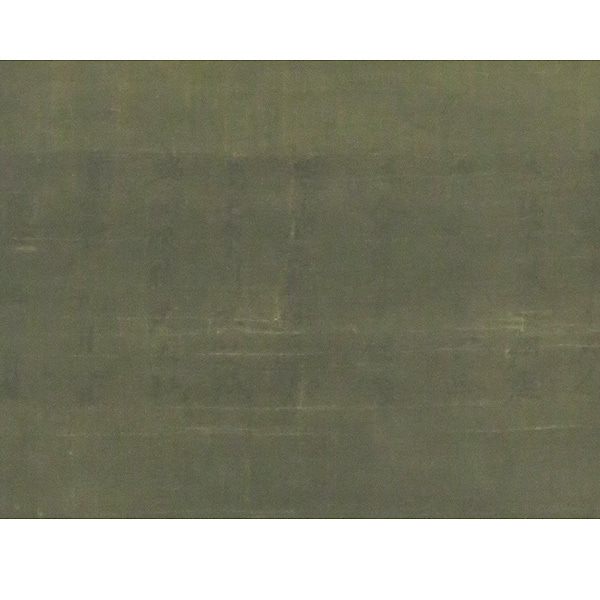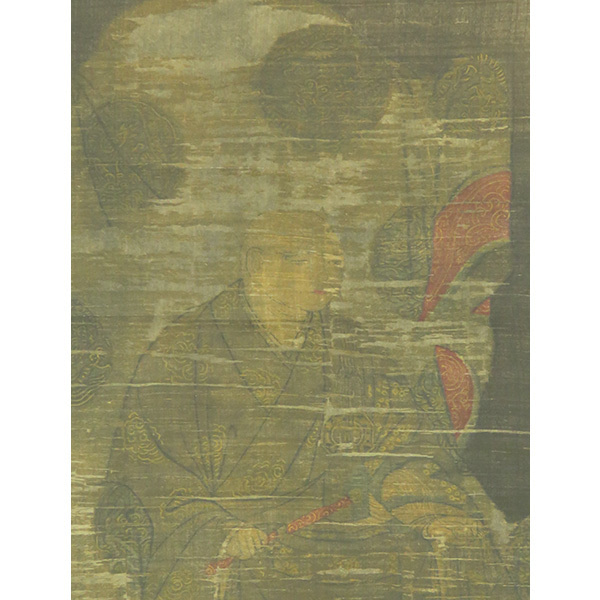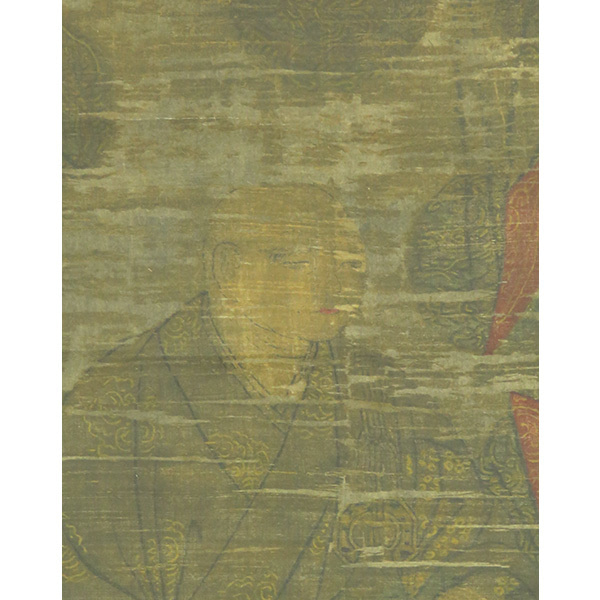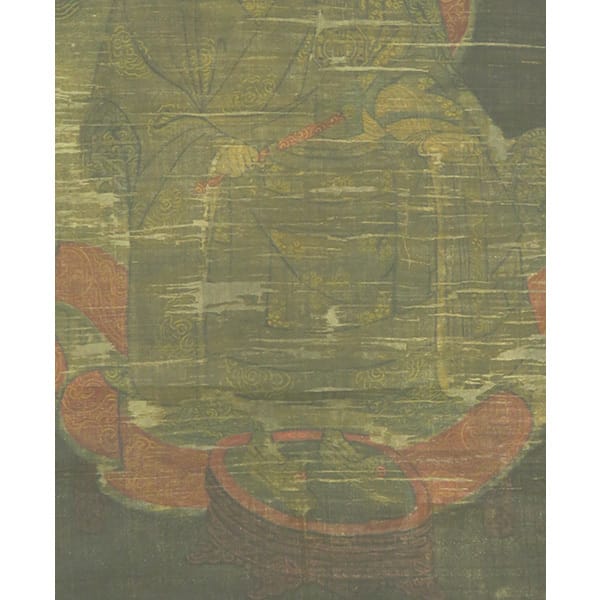Description
A museum-quality reproduction of one of Sojiji’s finest treasures that is also regarded as “jūyō bunkazai” or “important cultural property”:
https://www.sojiji.jp/treasures-culturalassets/important/
The original dates to the Kamakura-period (1319). This portrait of a the Founder Keizan is called a “Chōsō” and therefore is painted in the usual Chōsō style, with Keizan Jokin seated with a happi coat and a baishi in his hand. It was designated as an Important Cultural Property in 1950 by the Act for the Protection of Cultural Properties and has been designated a national treasure in the same year. The top of the painting bears an inscription dated September 8, Gen’ou era, in the handwriting , when Keizan was 52 years of age. If we can consider the production of this image to be in accordance with this date, it would indicate that this statue was painted when he resided at Eikoji Temple before the founding of Sojijiji Temple.
The curved outline mirrors the conventional structure found in Buddhist artworks, hinting at the likely artist’s affiliation. However, the loose aesthetics on the chin and other areas lack complete realization. The facial depiction exudes a somewhat typical realism
Interestingly, the statue’s head bears a resemblance to a wooden figure housed in Eiko-ji Temple’s collection, potentially conveying the visage of a Zen master. This portrayal stands as the most standard and representative instance of this technique. The happi coat’s background is distinctly defined, presenting a broad and powerful image. The lavish gold hue applied to the happi coat and garments imparts a flamboyant touch, intensified by the addition of vermilion coloring. The application of gilded gold serves as a summit technique, later incorporated but fittingly plausible. This gilding, a summiting technique in painting, was introduced in the same year as the artwork’s creation. The brushwork aligns with the original style, capturing the essence of Zen in the customary manner.
- Mounting in Shin style
- Honshi / Main image: 92cm x 37.5cm
- Mawashi / Paper backing: 178cm x 56cm
Both Honshi and Mawashi are in good condition.
